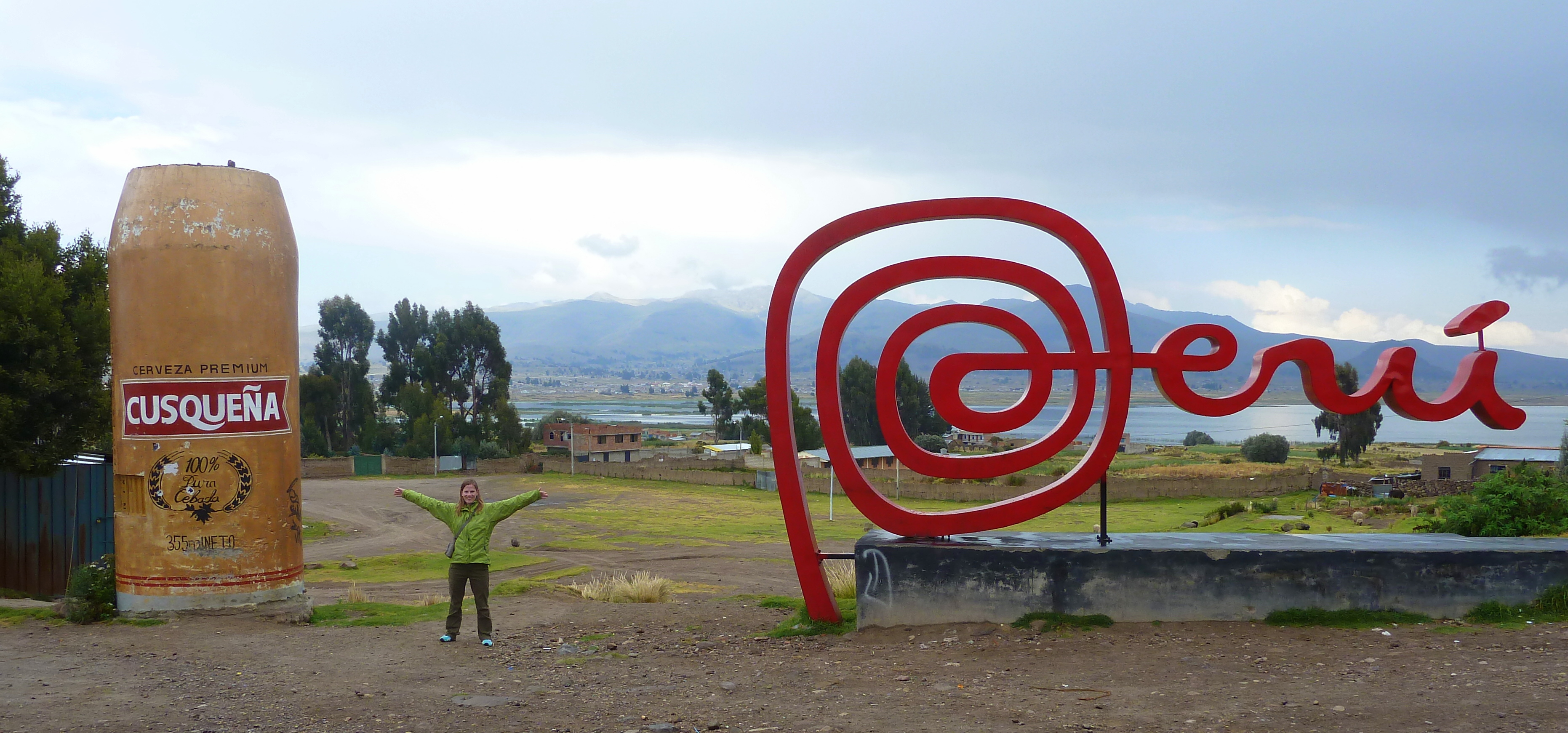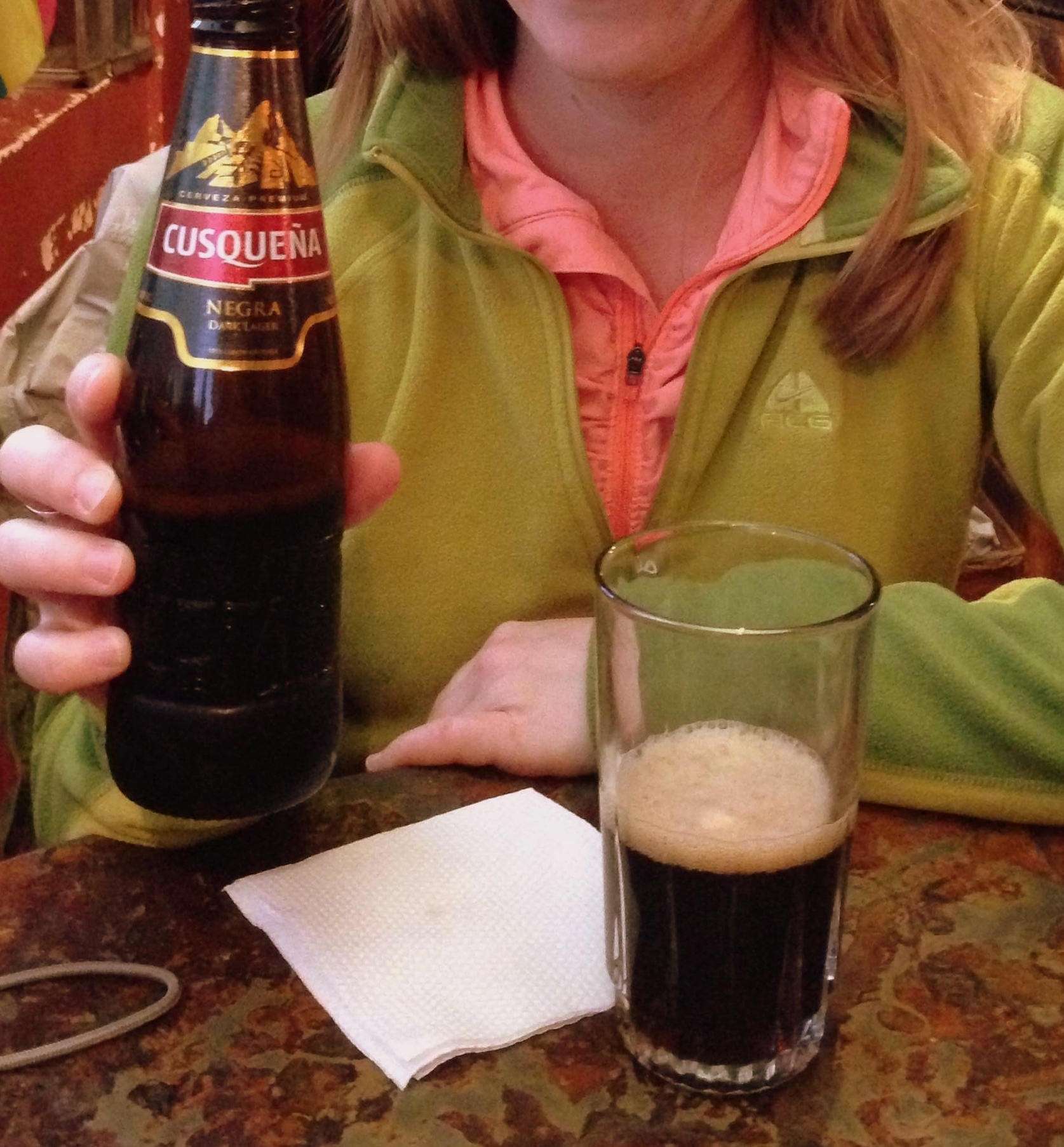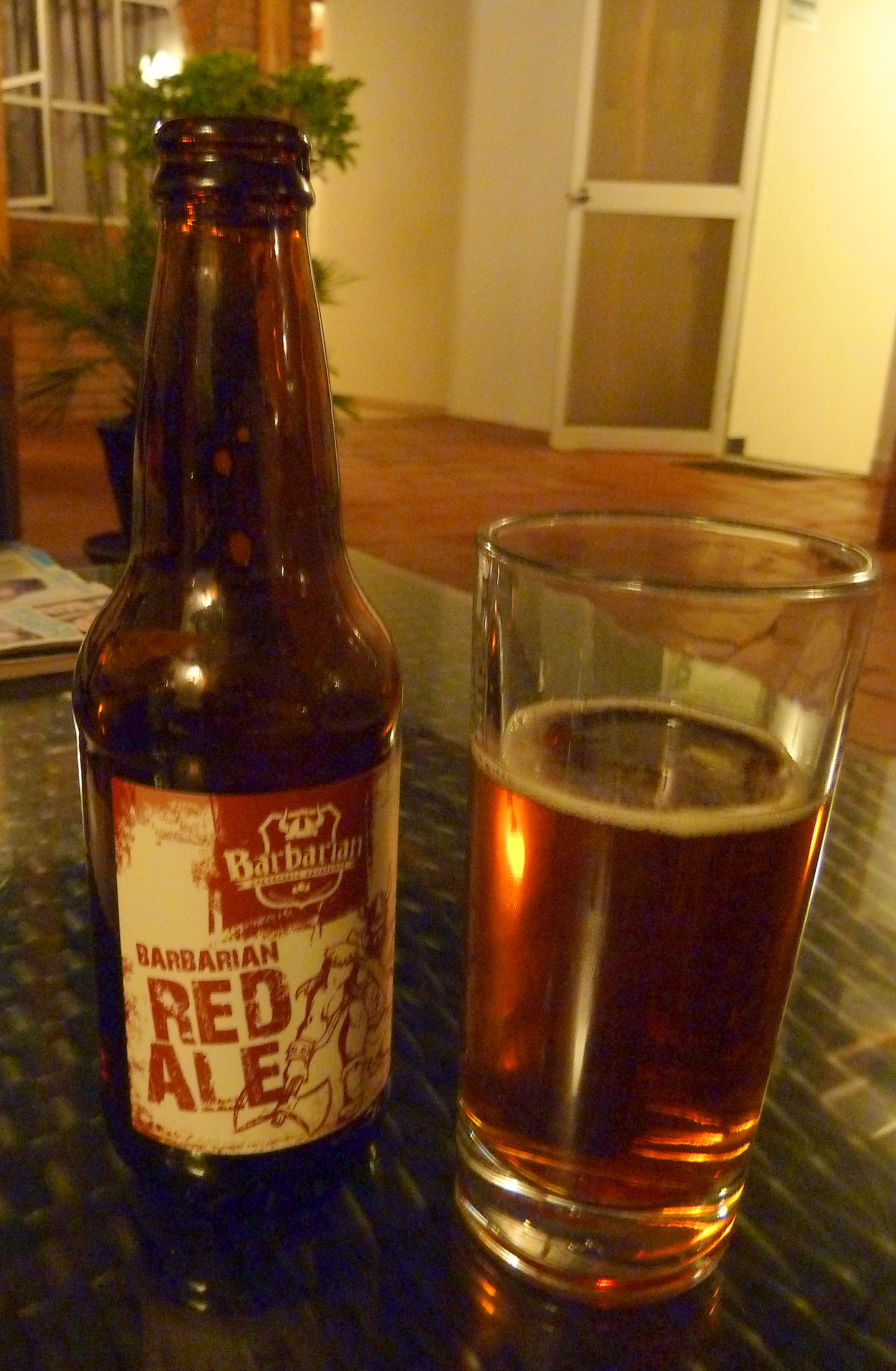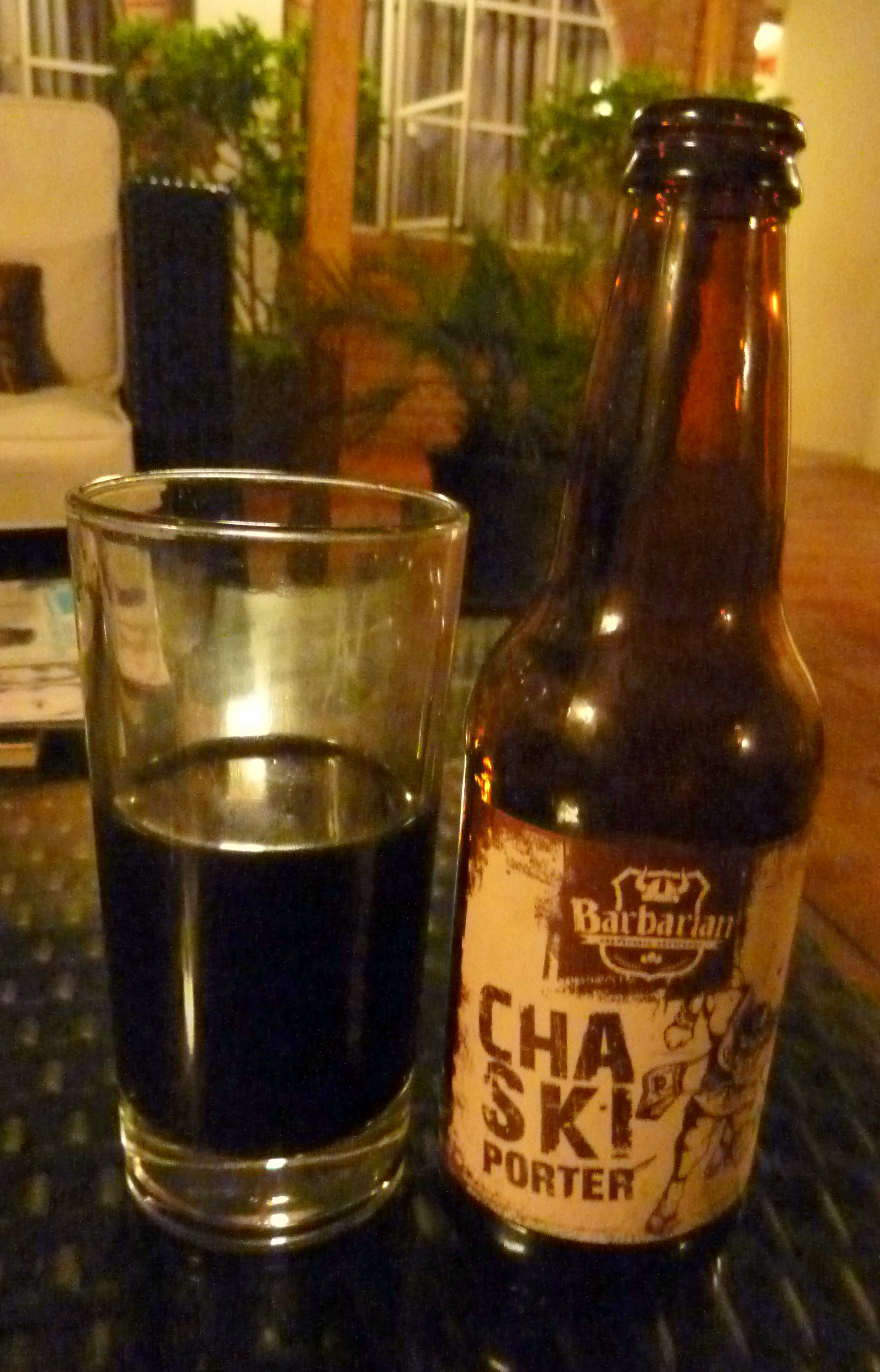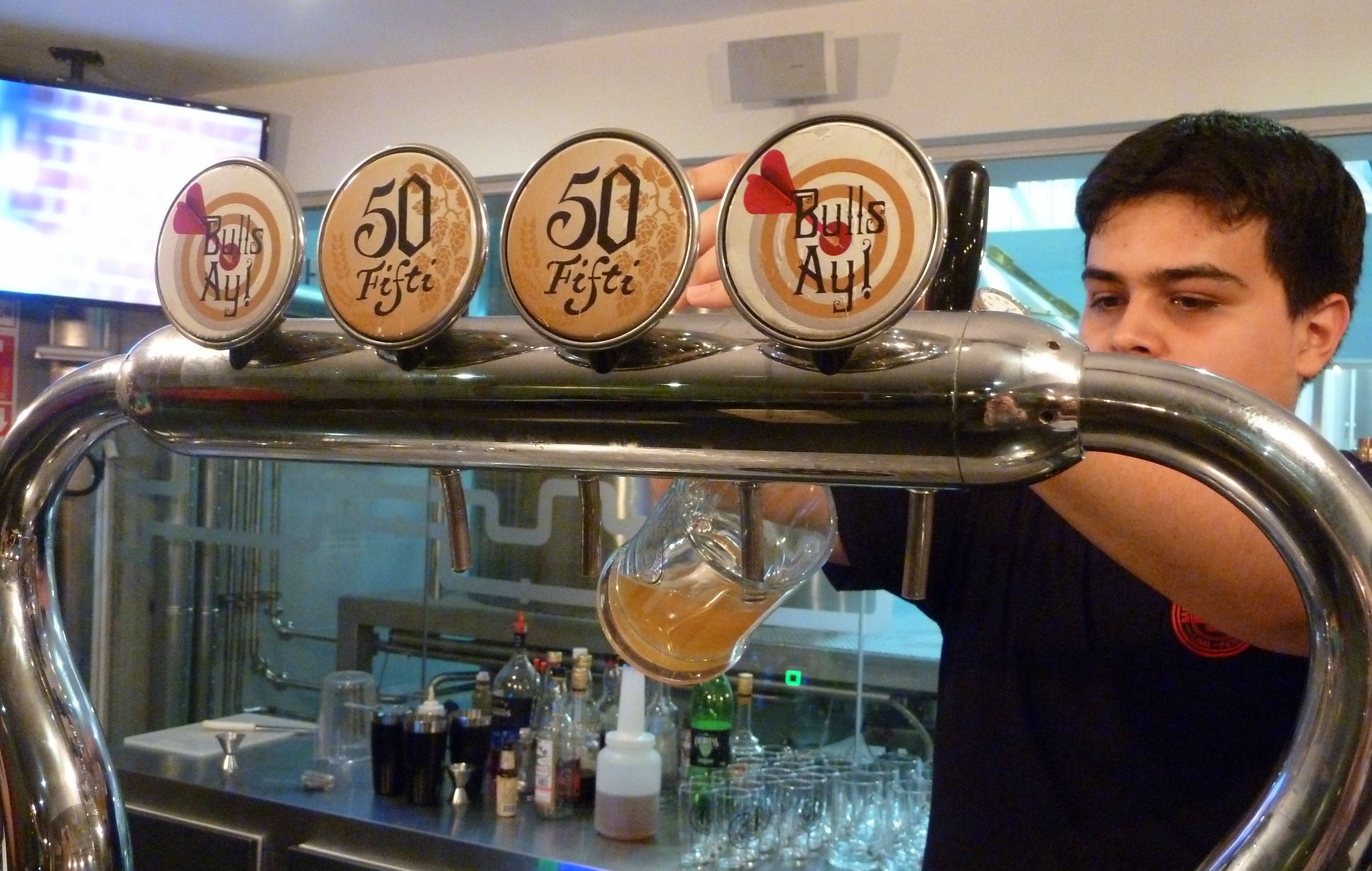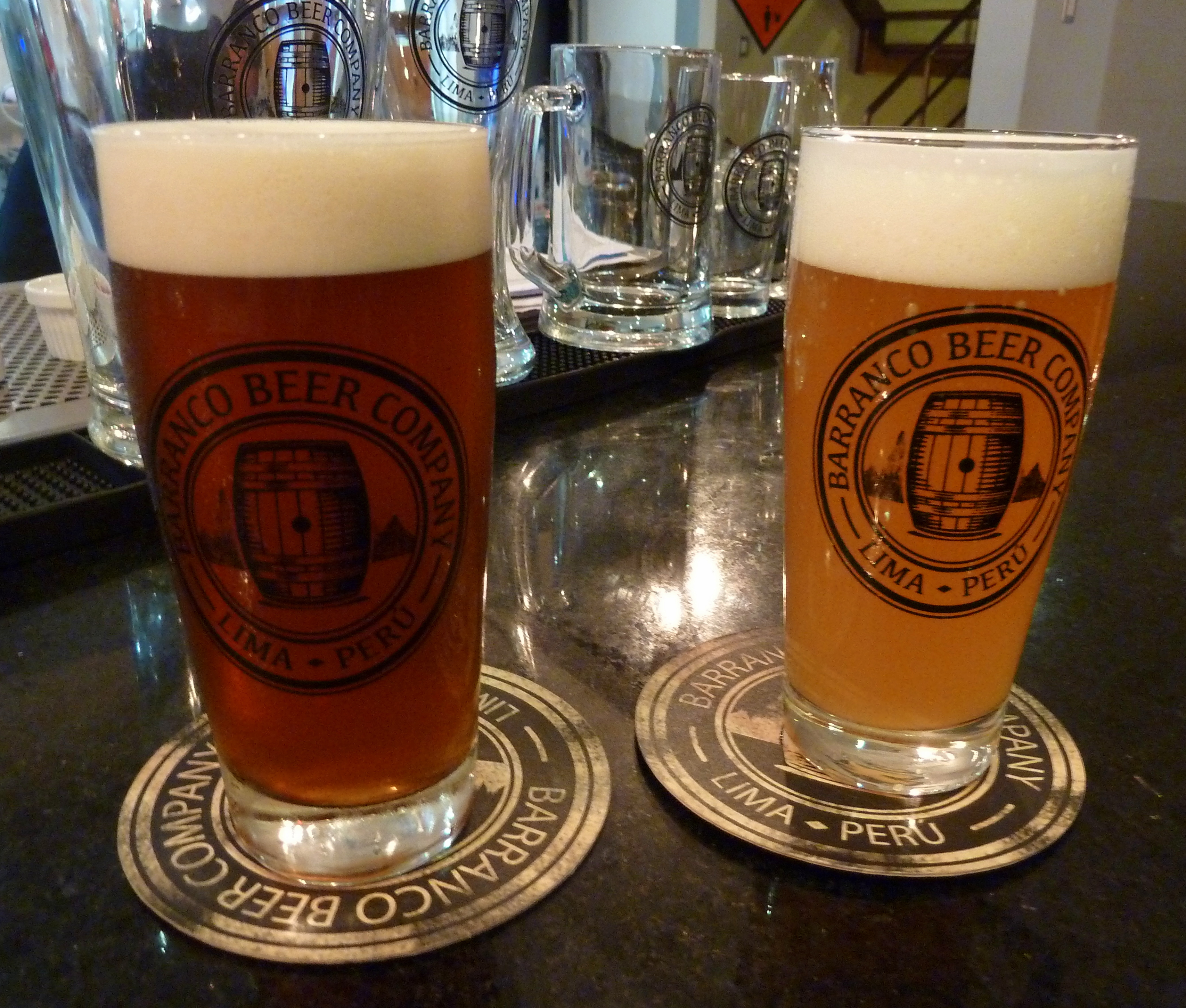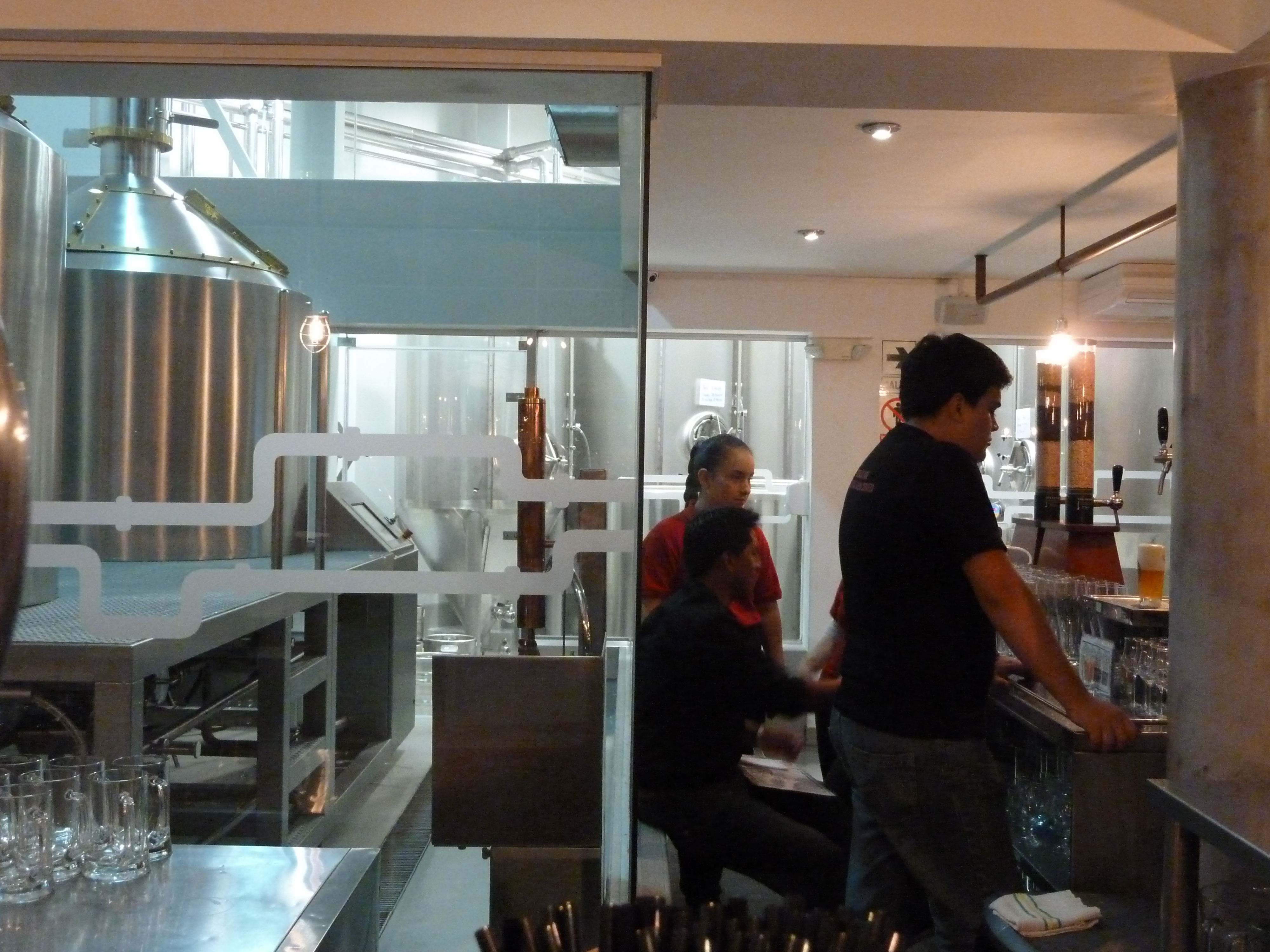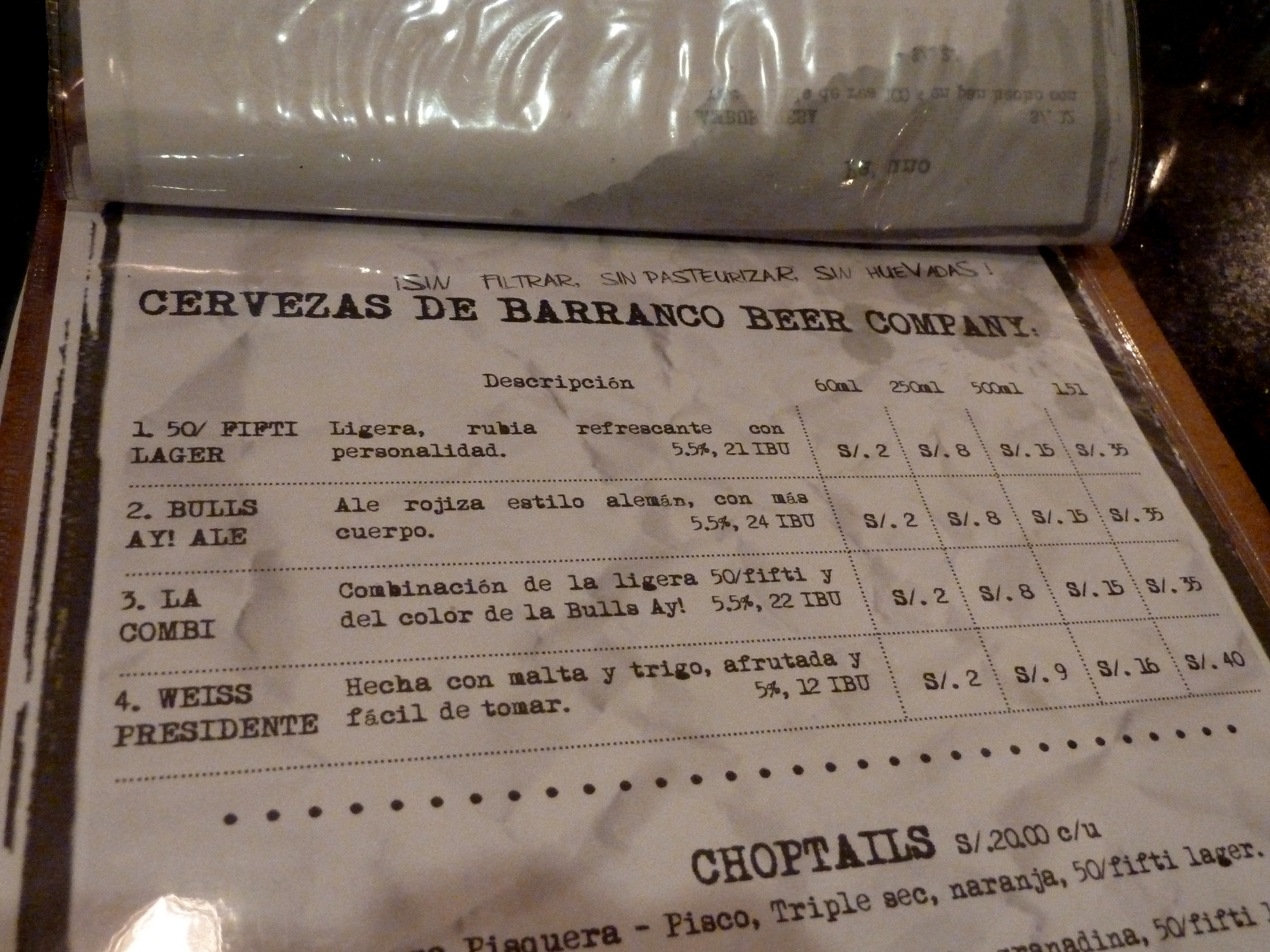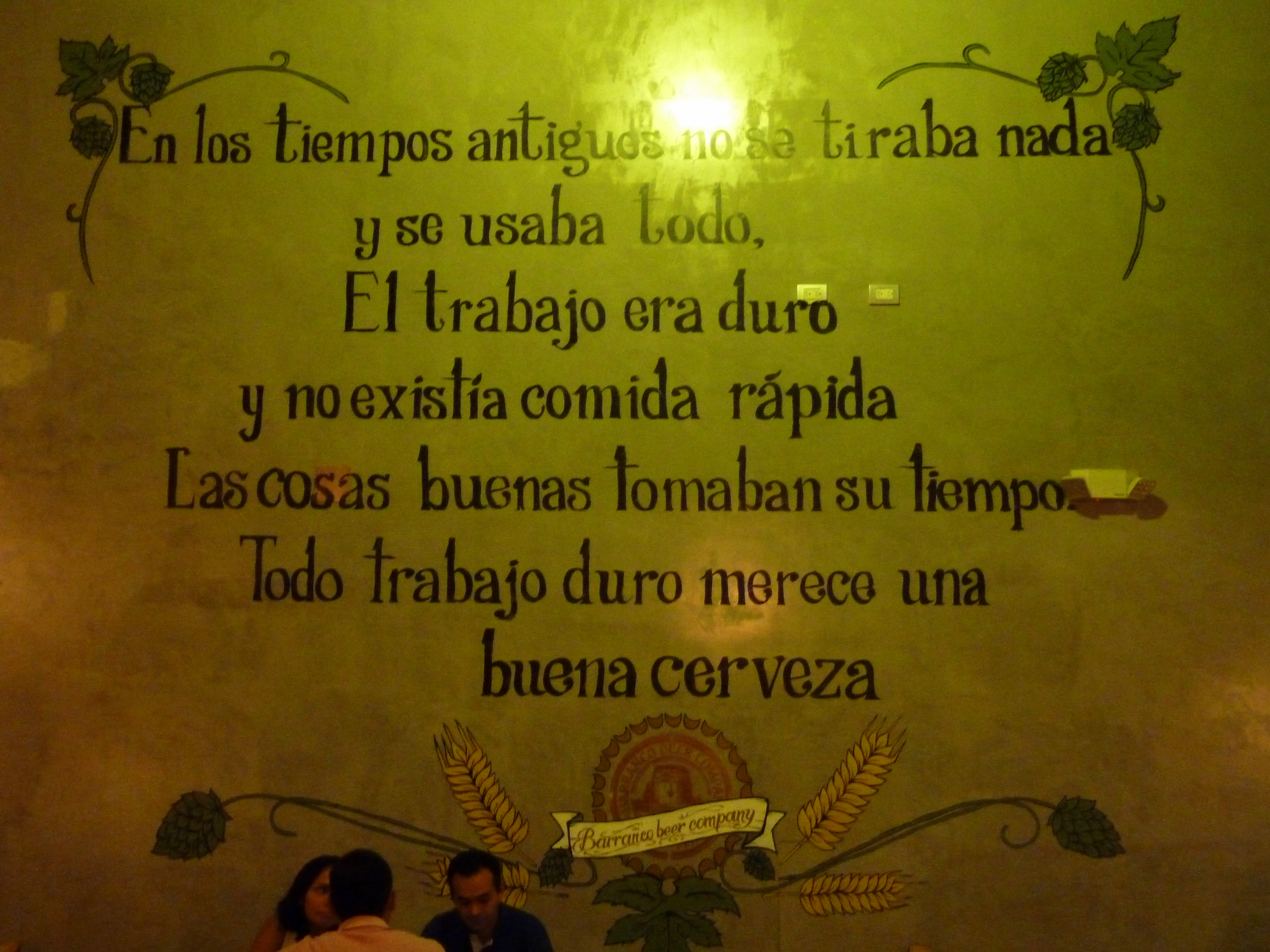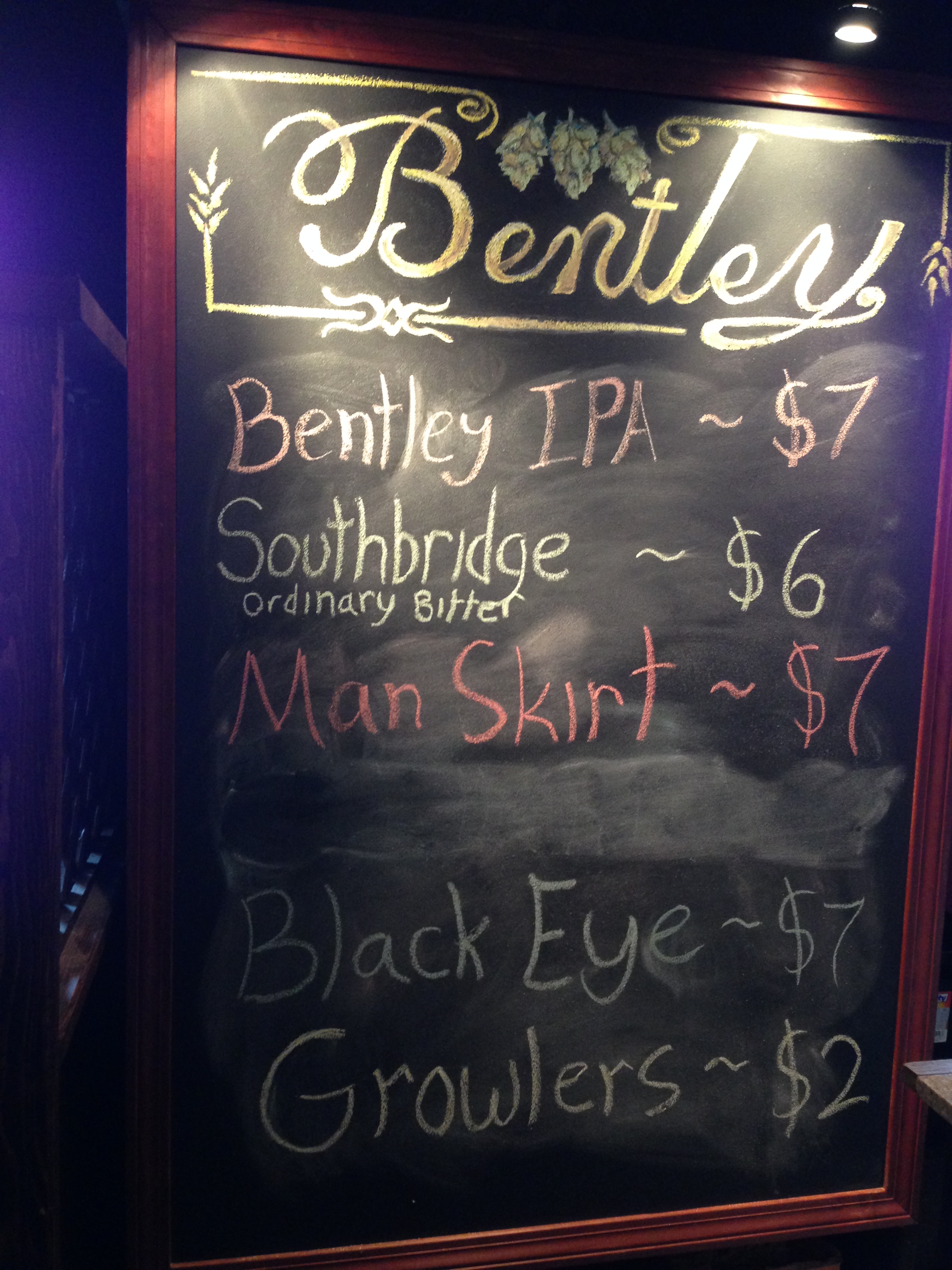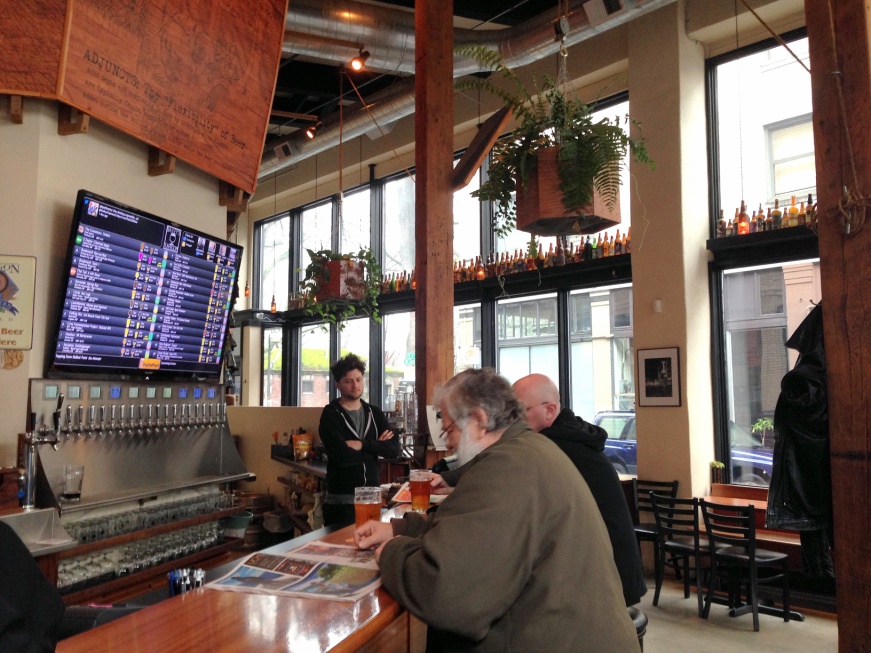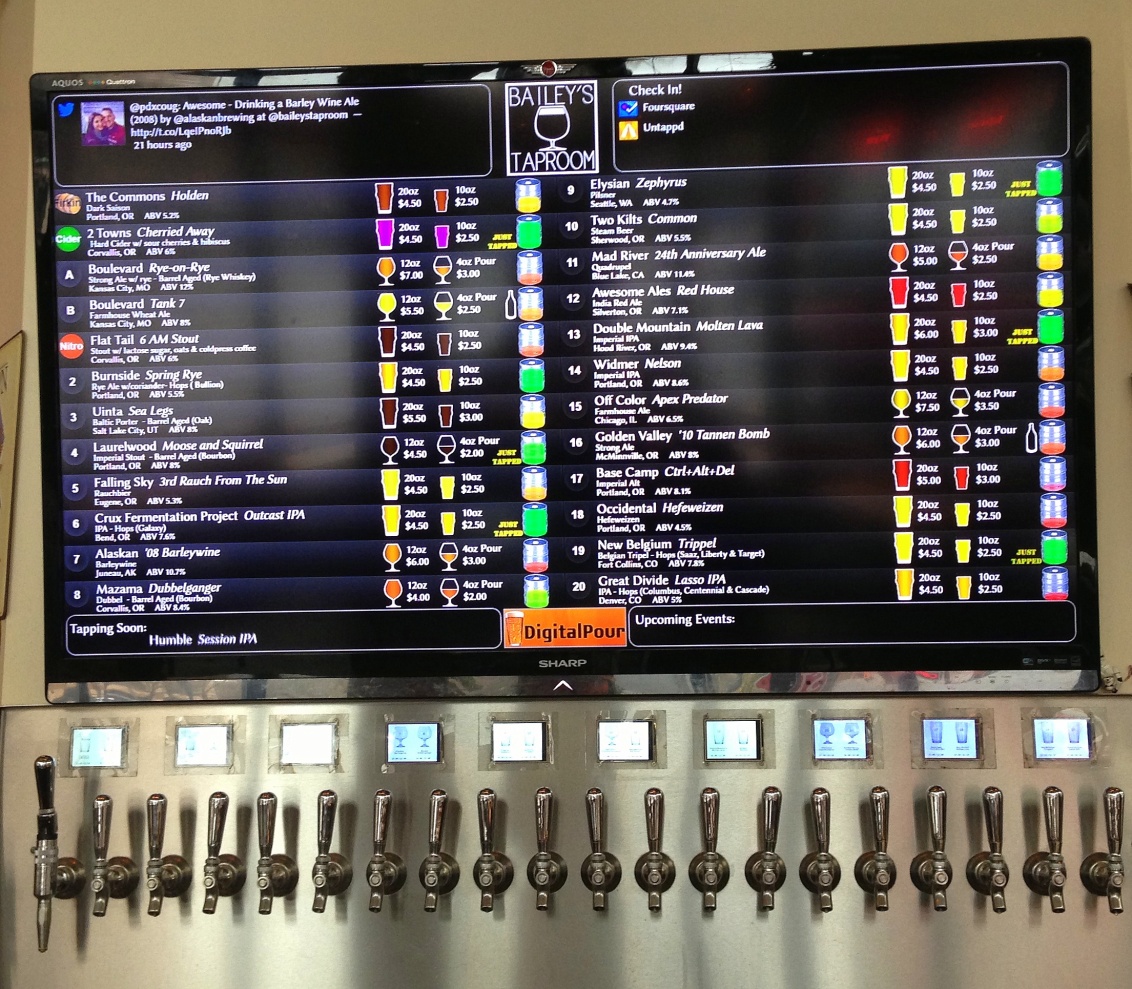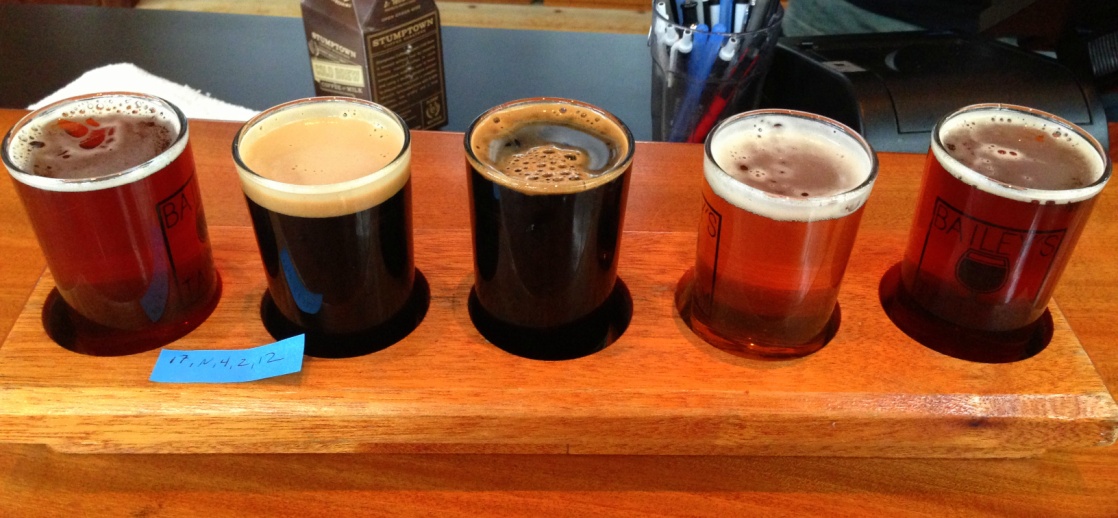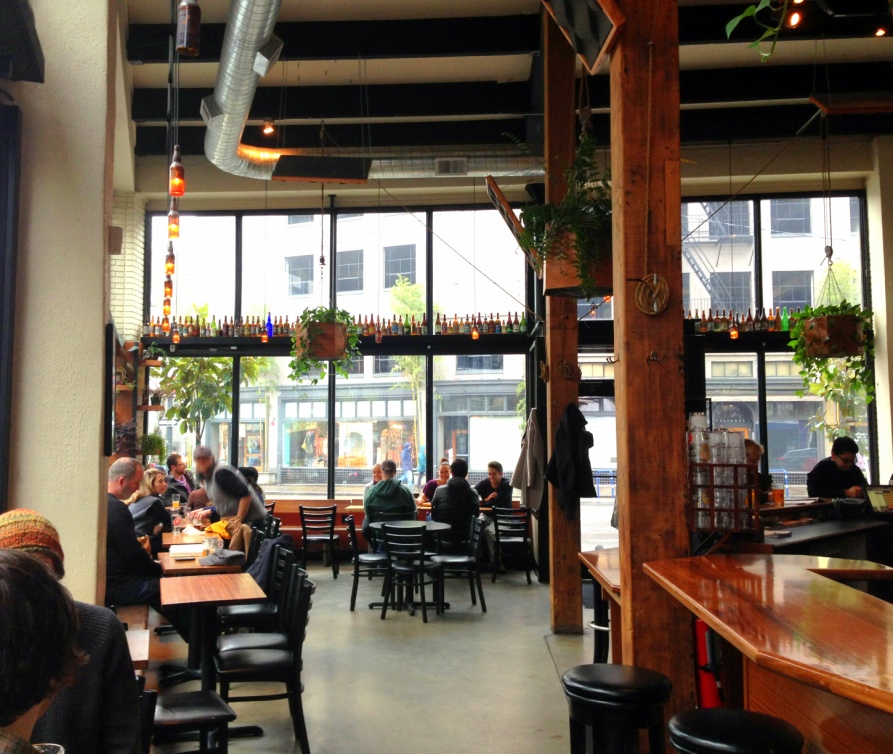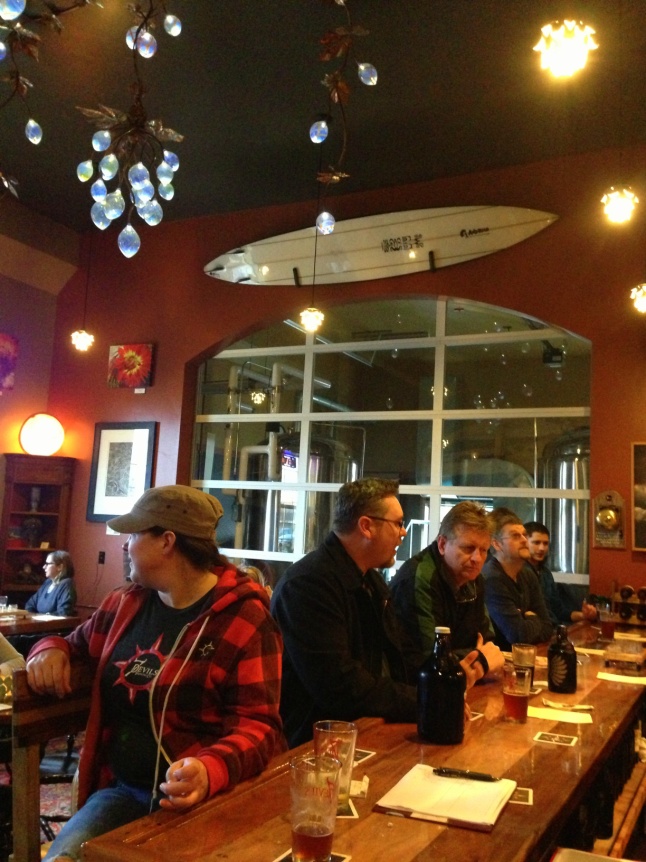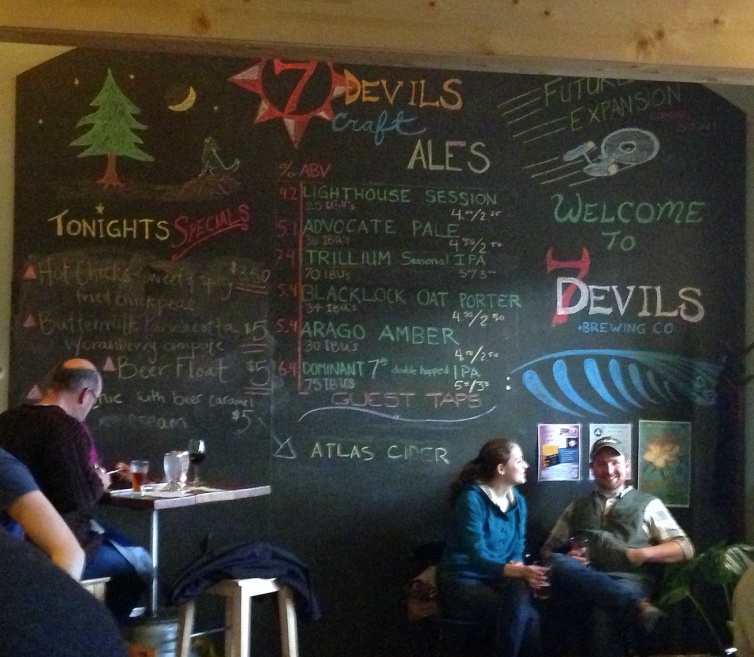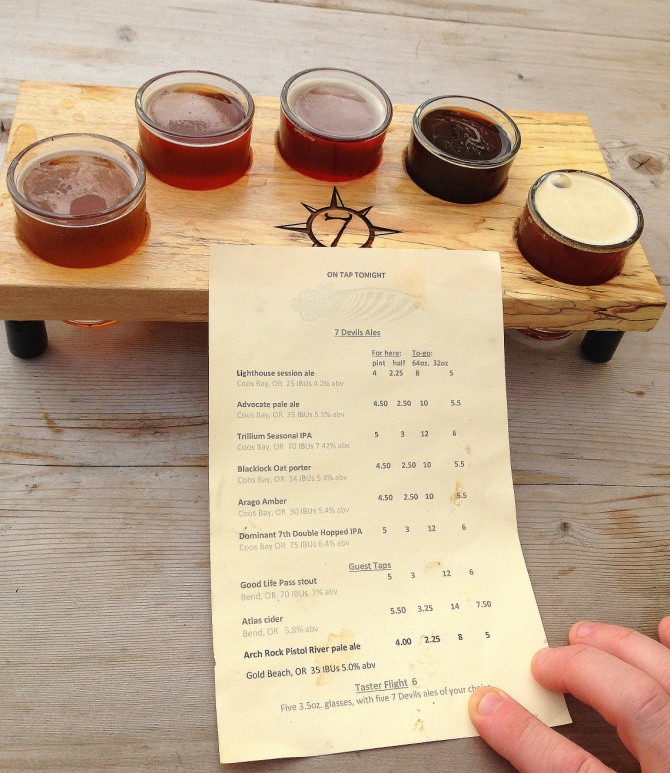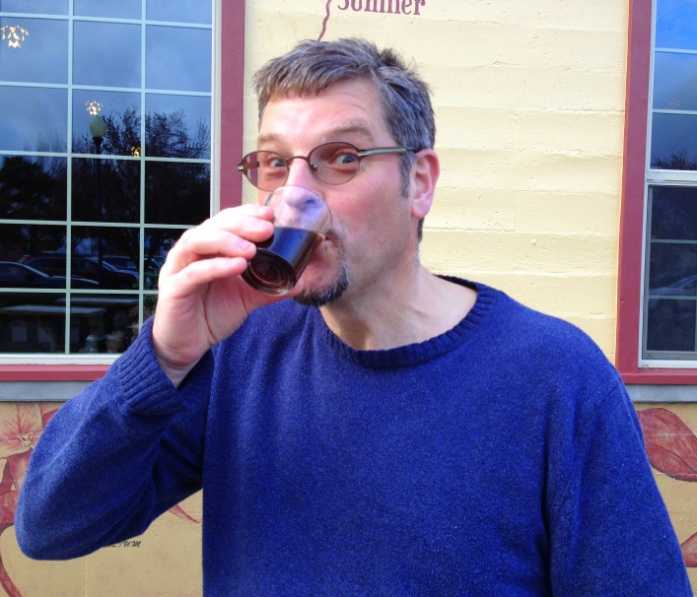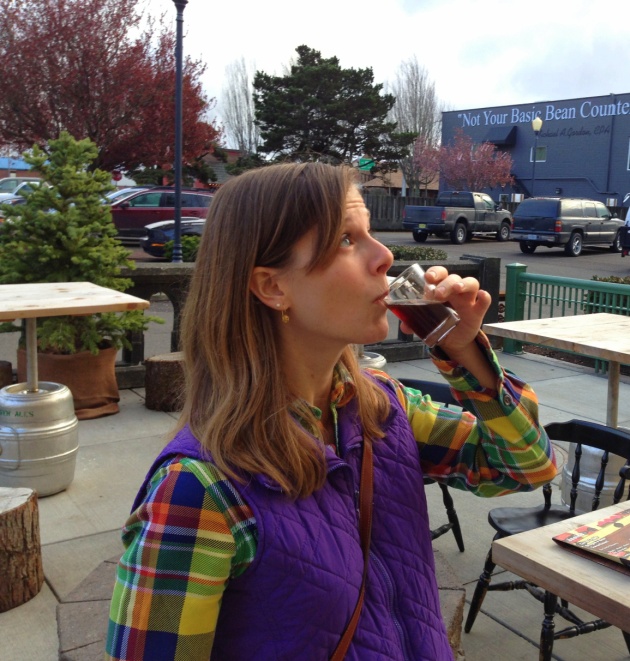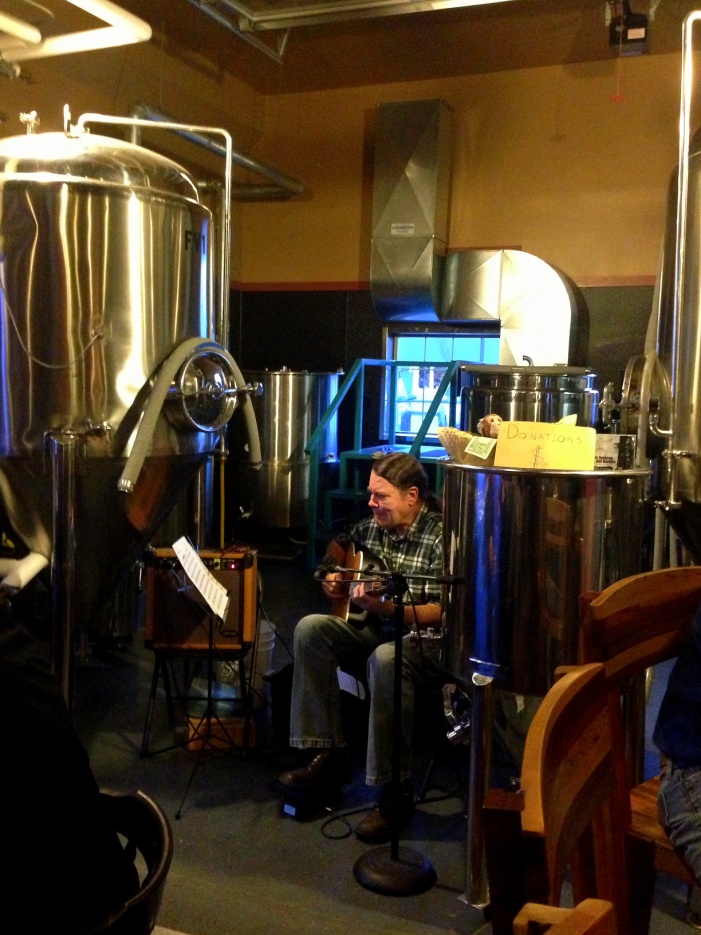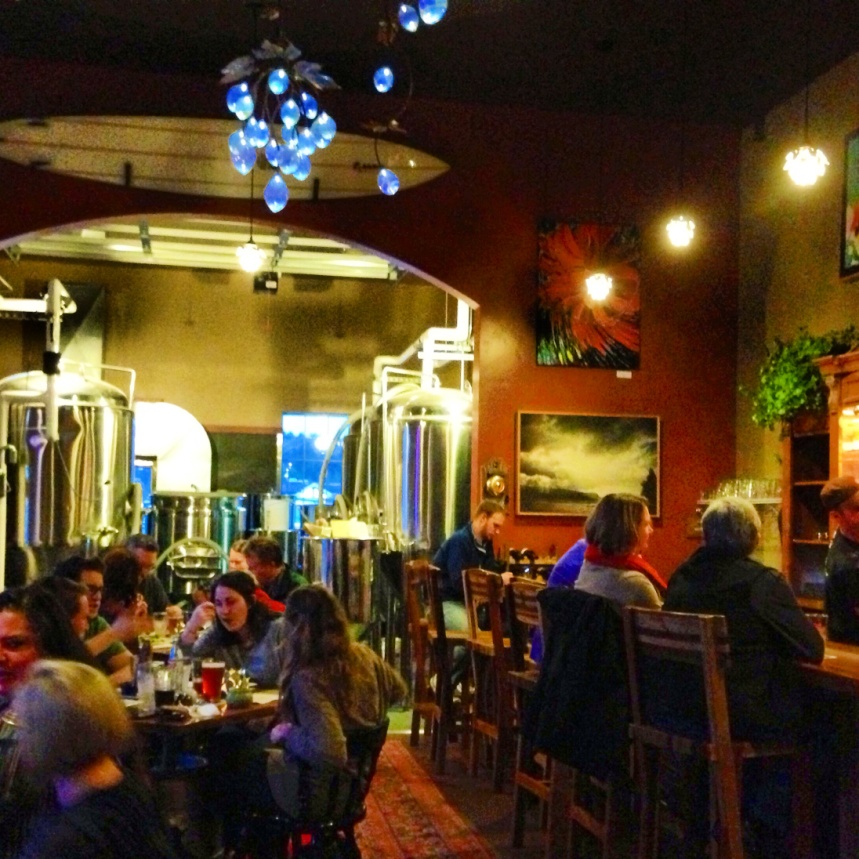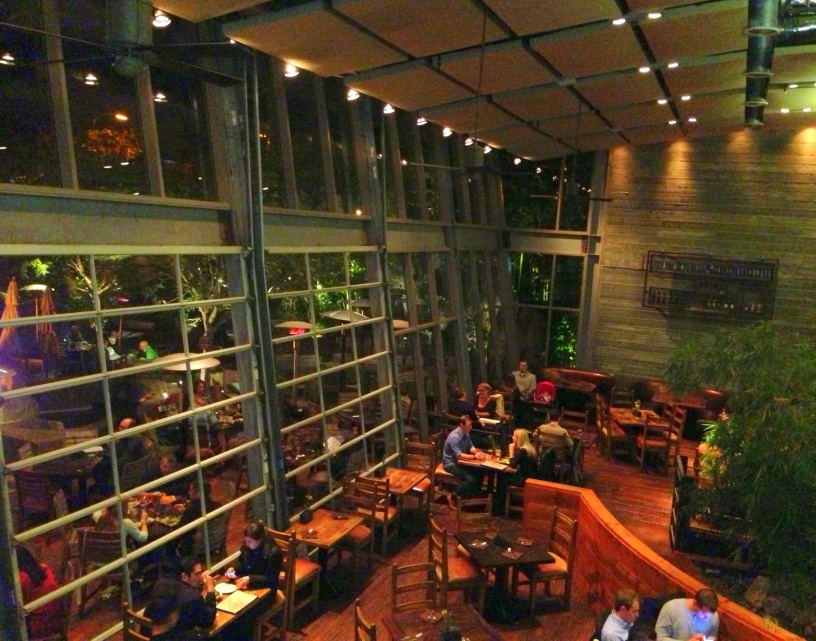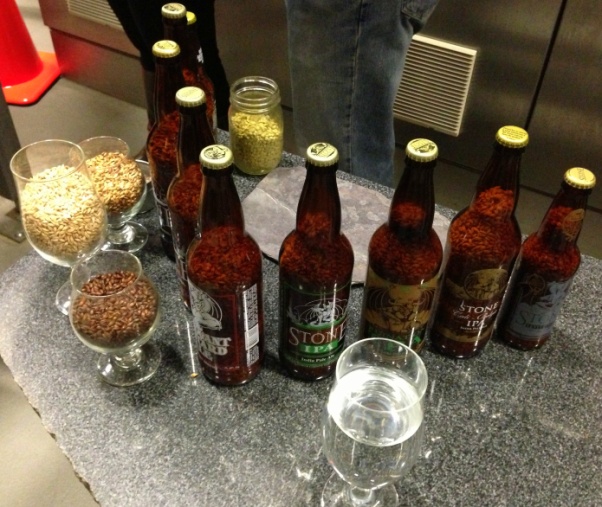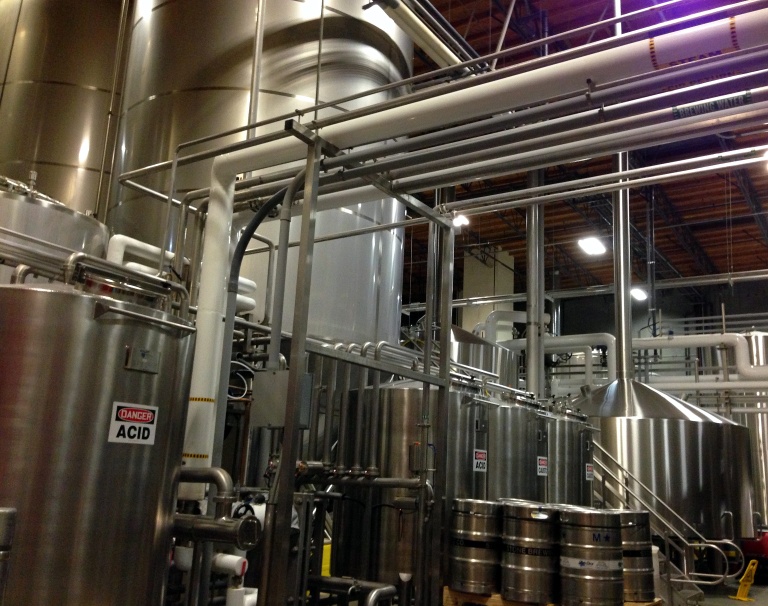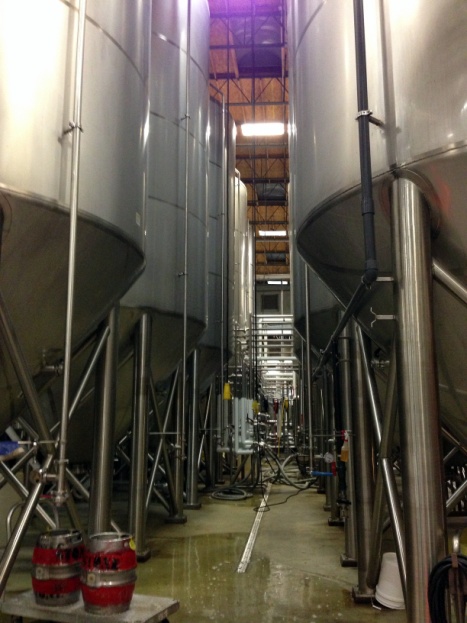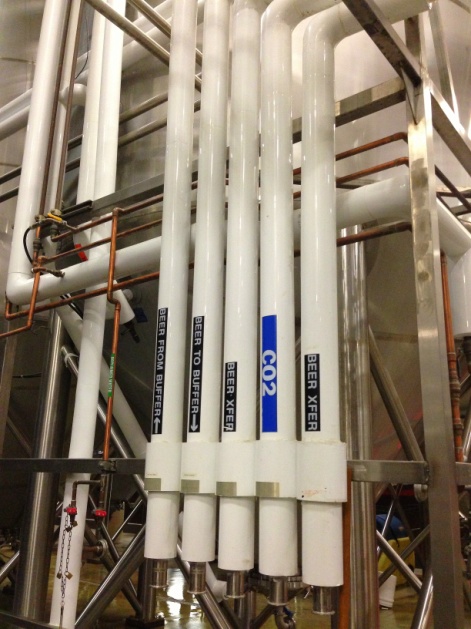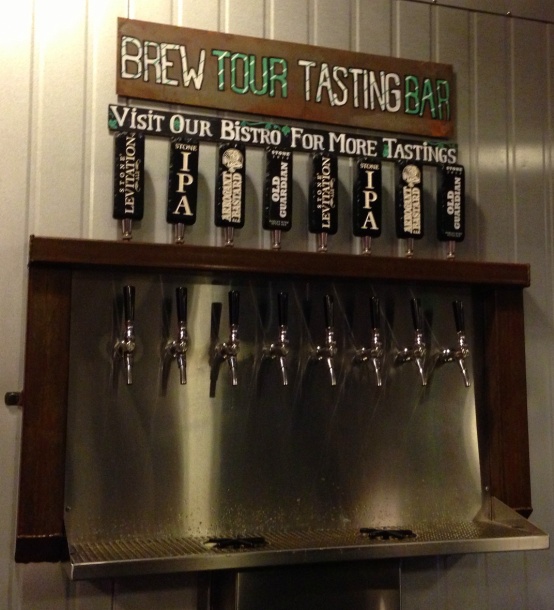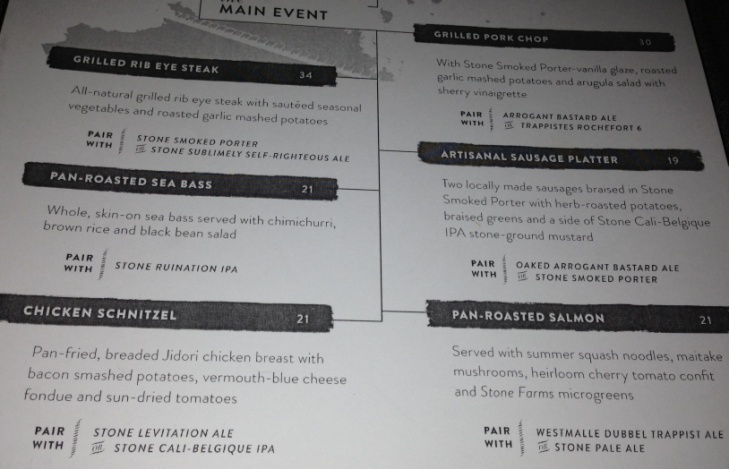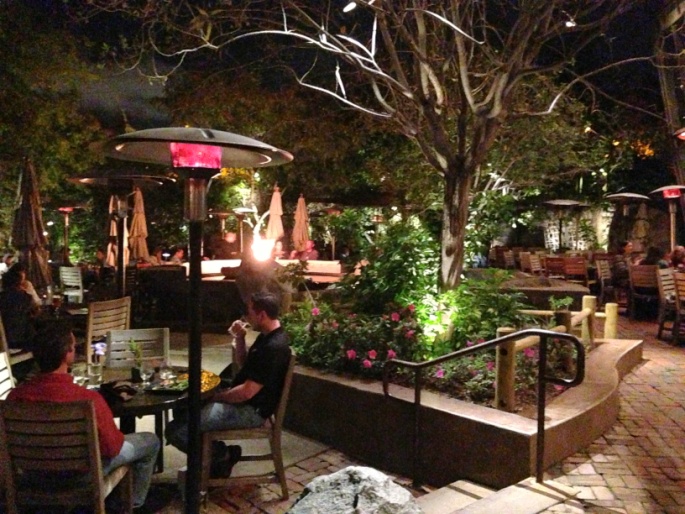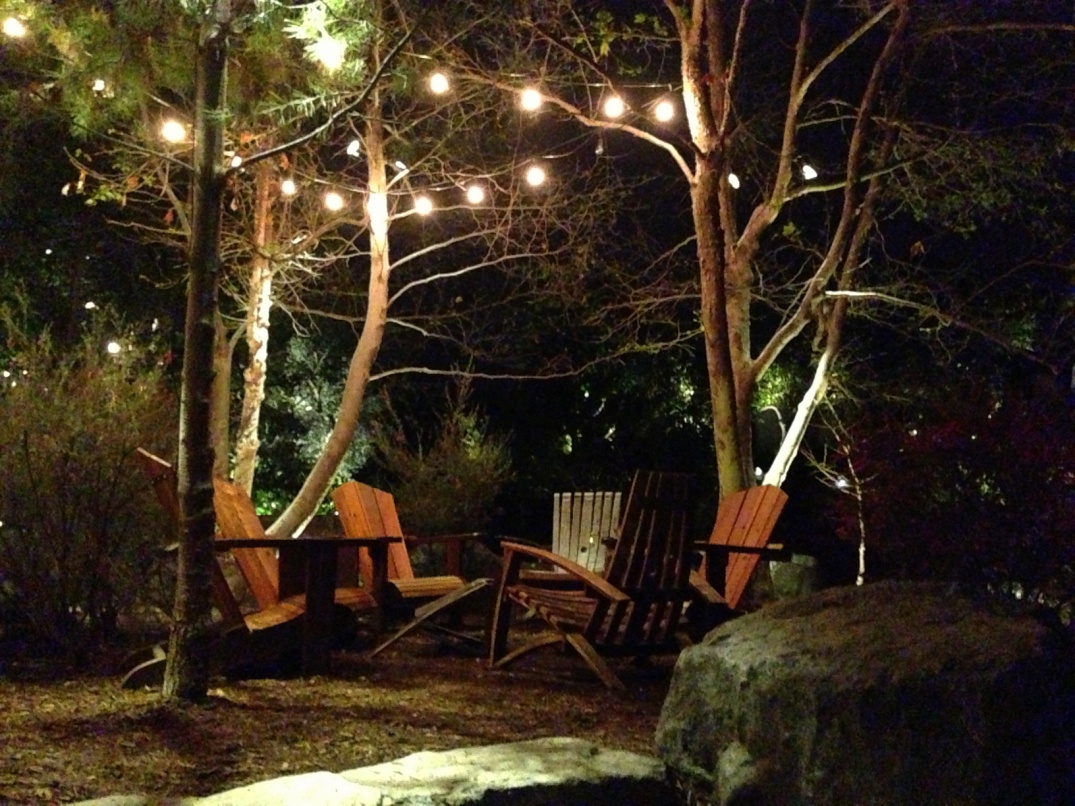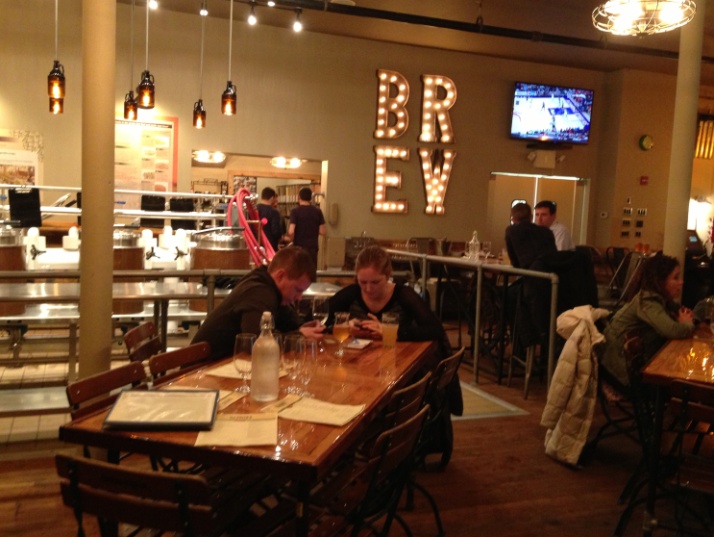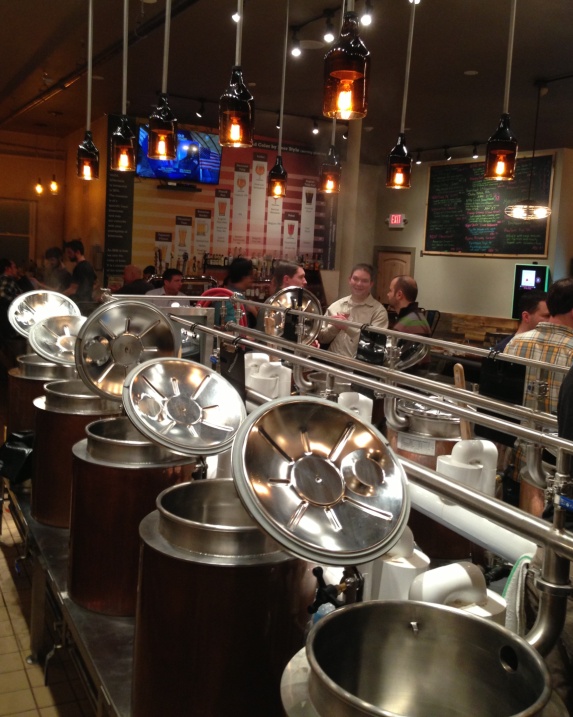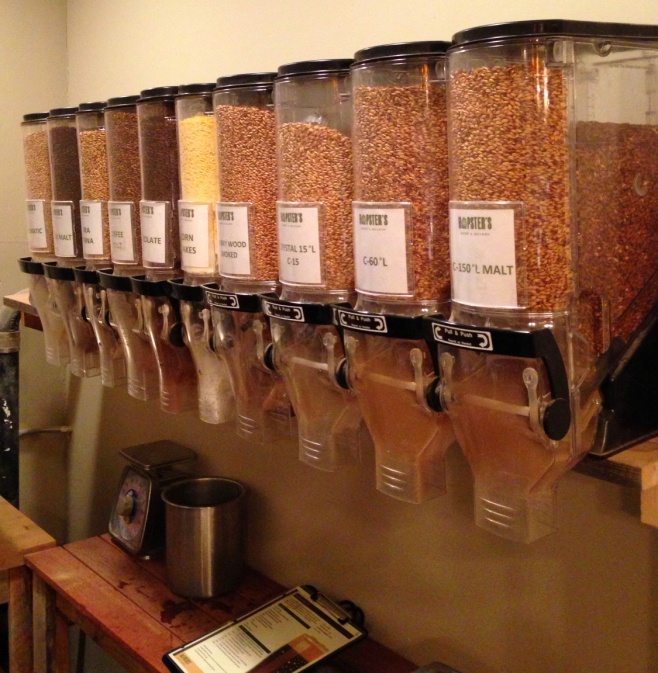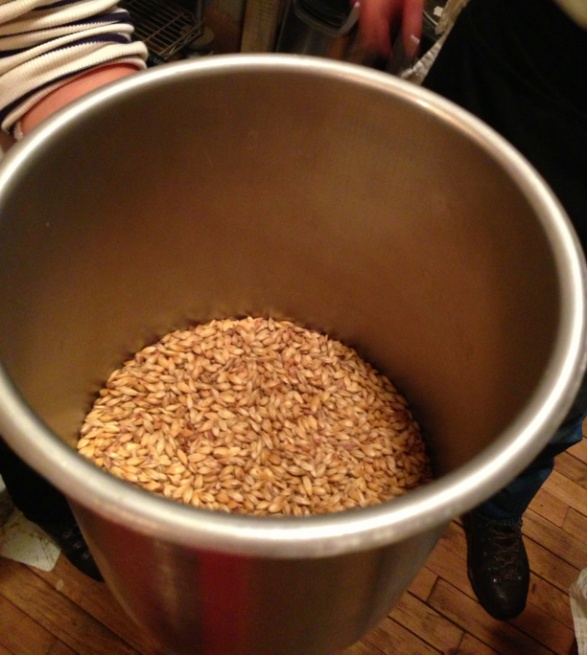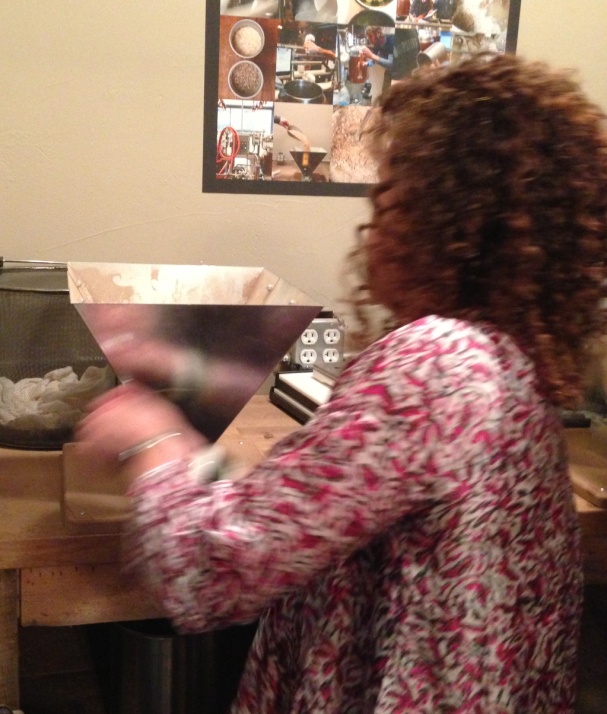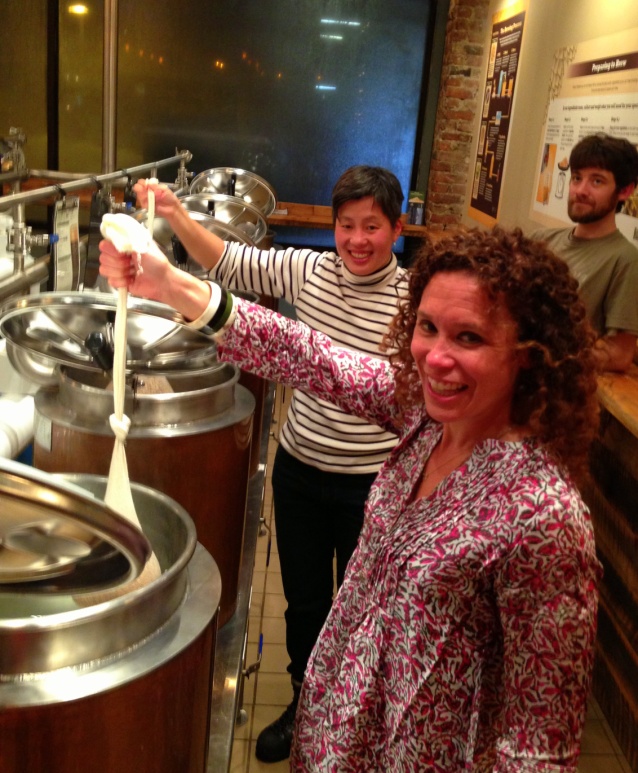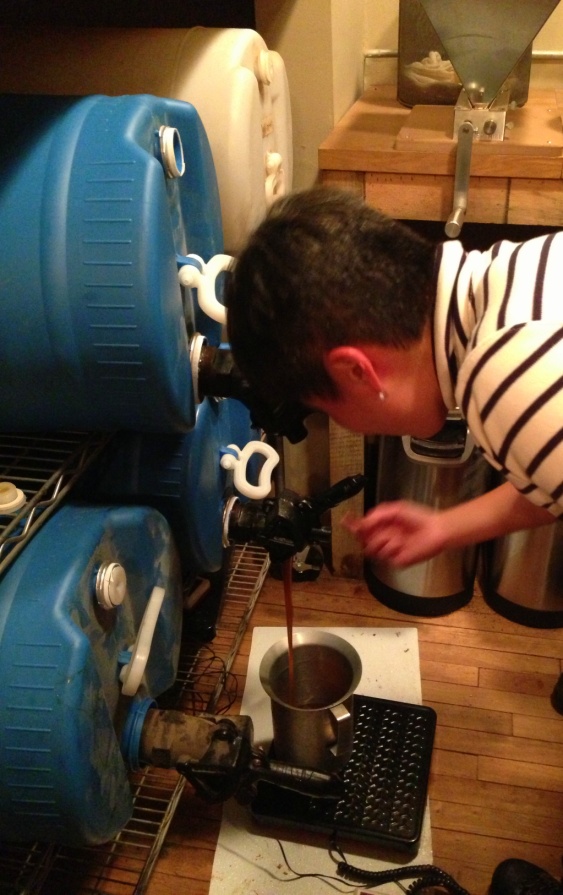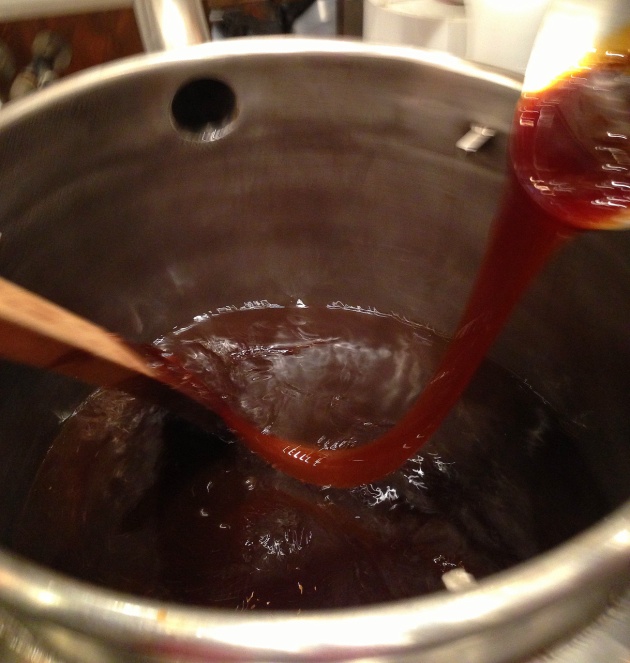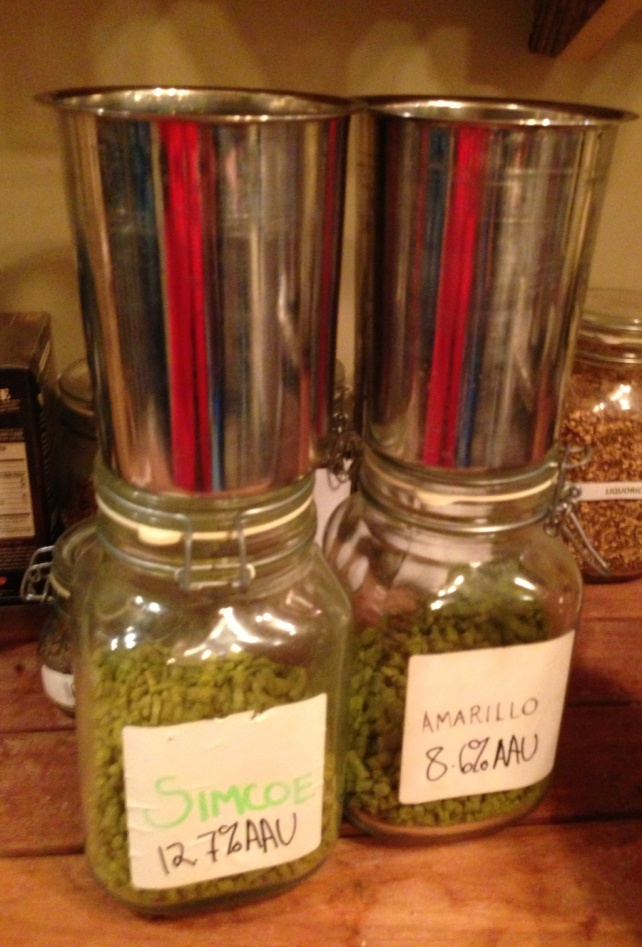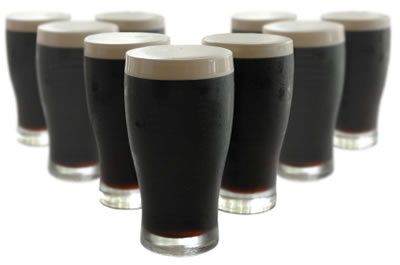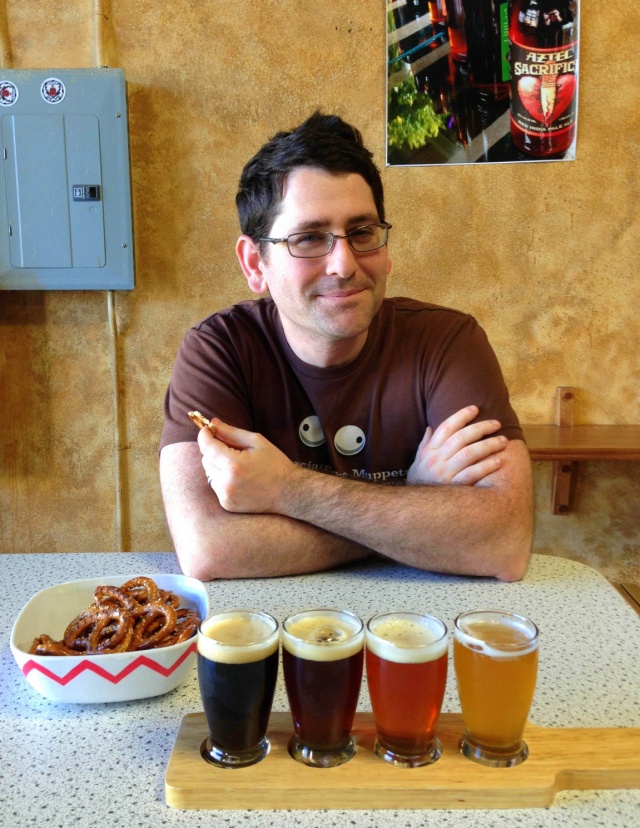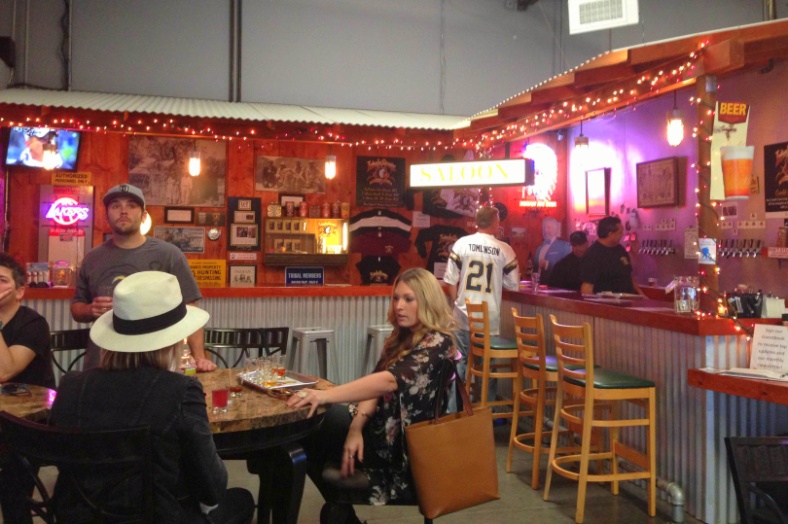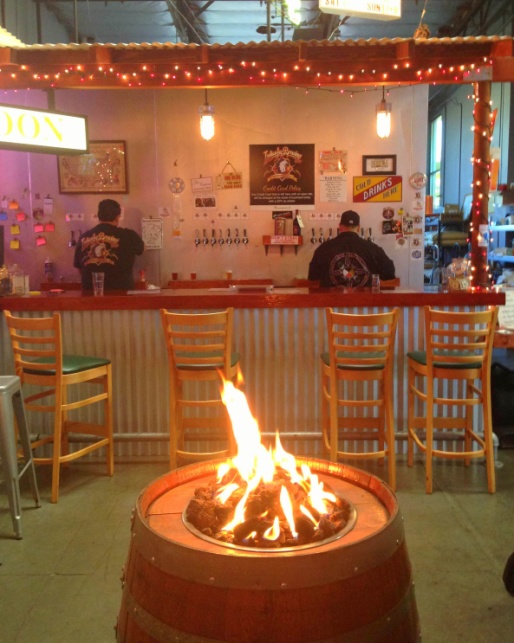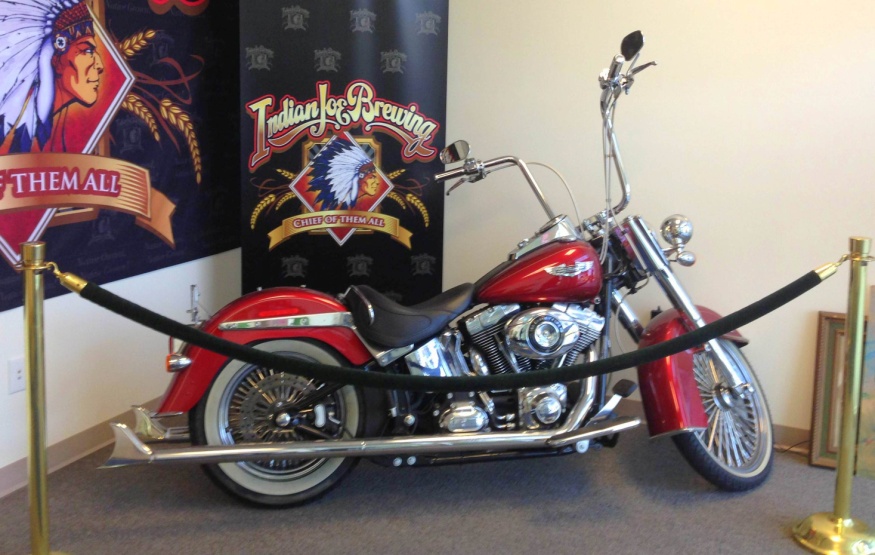By Amy Tindell
While there is no “official” definition of “craft beer,” the Brewers Association of Boulder, CO defines a “craft brewer” to determine eligibility for certain marketing and lobbying support within its membership. The challenge in creating such a definition, however, is that “craft” means different things to different people and to different businesses.
The non-profit trade group has roots in the U.S. going back to the 1940s, and has evolved to include and connect commercial brewers, homebrewers, distributors, suppliers, retailers, and individuals in the beer industry. Since 2005, the Brewers Association has stated that a craft brewer must be 1) small, 2) independent, and 3) traditional. While these terms have stuck, what they mean has been revised many times, most recently this past February 2014, with significant consequences for many brewers. The organization also revised its statement of purpose, mission and goals.
Previous Definition
To promote and protect small and independent American brewers, their craft beers and the community of brewing enthusiasts.
2014 Definition
To promote and protect American craft brewers, their beers and the community of brewing enthusiasts.
The main change to the organization’s stated purpose was the removal of the term “craft beer,” because it is not defined by the Brewers Association, and the shift in focus to American “craft brewers,” which was redefined in the February 2014 meeting.
SMALL
Previous Definition
Annual production of 6 million bbls of beer or less. Beer production is attributed to a brewer according to the rules of alternating proprietorships. Flavored malt beverages are not considered beer for purposes of this definition.
2014 Definition
Annual production of 6 million barrels of beer or less (approximately 3 percent of U.S. annual sales). Beer production is attributed to the rules of alternating proprietorships.
The big news for the term “small” broke in 2010, when the Brewers Association increased the annual production cap from 2 million bbls to 6 million bbls per year. The Association made that change to accommodate one of its oldest members, Boston Brewing Company (a.k.a. Sam Adams), whose capacity was poised to surpass the 2 million bbl cap. Many smaller brewers, however, continue to protest the change because they believe that larger brewers should not be entitled to receive the same marketing, lobbying, and other support offered by the organization only to craft brewers. Accordingly, the parenthetical added this year is meant to put the rather large-sounding 6 million bbl cap into perspective, highlighting the small market share that the figure represents, at least compared to giants of the American beer industry such as MillerCoors and Anheuser-Busch. The other change this year was to remove the flavored malt beverage exclusion from the “small” category and add it to the “traditional” definition (see below), where it more logically belongs.
The statement about alternating proprietorships is not new this year, but remains important to breweries that share facilities. The Alcohol and Tobacco Tax and Trade Bureau allows a host brewer and any tenants in a single licensed brewing facility to account separately for their own beer production, thus potentially remaining eligible for certain benefits including reduced tax rates accorded to only small production breweries.
INDEPENDENT
Previous Definition
Less than 25 percent of the craft brewery is owned or controlled (or equivalent economic interest) by a beverage alcohol industry member that is not itself a craft brewer.
2014 Definition
Less than 25 percent of the craft brewery is owned or controlled (or equivalent economic interest) by a beverage alcohol industry member that is not itself a craft brewer.
The description of “independent” as it relates to a brewer was not changed this year, but had been revised previously to align more consistently with terminology commonly used in the alcoholic beverage industry. Separately, the Brewers Association explains that craft brewer independence is important because craft brewers are better able to maintain integrity in what they brew when they are free from a “substantial interest by a non-craft brewer.” They highlight this idea, and a call for improved transparency in the brewing industry, in their craft vs. crafty statement.
However, when the ownership requirement was implemented in 2012, it excluded many former “craft brewers” overnight, including Goose Island, Magic Hat, Pyramid, Mendocino, Fordham, Old Dominion, Widmer, Coastal, Kona, and Redhook. For example, Kona, Widmer, and Redhook were no longer considered “craft” because they were part of the Craft Brew Alliance, approximately 1/3 owned by AnheuserBusch-InBev. These breweries stand in contrast to brands like Shock Top and Blue Moon, which were developed, brewed, marketed, and sold by Anheuser-Busch and Miller-Coors, respectively, since inception.
While certain breweries suddenly lost some support offered by the Brewers Association, it is questionable whether a craft beer drinker would feel obligated, under the Association’s rules, to suddenly avoid former craft beers like Kona’s highly rated Wailua Wheat; one commentator has likened it an indie music lover ceasing to buy The Black Keys albums after 2006, when they signed with Nonesuch Records, a subsidiary of Warner Bros. Either way, beer and music enthusiasts alike take interest in the origins of their pastimes, and as consumers, are left to make their own decisions regarding what is “good.”
TRADITIONAL
Previous Definition
A brewer who has either an all malt flagship (the beer which represents the greatest volume among that brewers brands) or has at least 50 percent of its volume in either all malt beers or in beers which use adjuncts to enhance rather than lighten flavor.
2014 Definition
A brewer that has a majority of its total beverage alcohol volume in beers whose flavor derives from traditional or innovative brewing ingredients and their fermentation. Flavored malt beverages (FMBs) are not considered beers.
This year’s revisions to the “traditional” prong of the craft brewer definition attracted the most attention and wrought the most significant consequences for brewers. The previous definition required a craft brewery to either produce an all-malt flagship beer, or to make at least half of its total product from only barley malt, and not other sugar sources like rice or corn. In 2014, however, the Association recognized adjunct brewing as craft brewing, perhaps because many brewers have traditionally brewed with what is locally available to them.
Some members argue that the change could compromise the quality of craft brewing, but others point out that the revised definition also encourages innovation and experimentation. The Brewers Association now maintains, “Craft beer is generally made with traditional ingredients like malted barley; interesting and sometimes non-traditional ingredients are often added for distinctiveness.” It further asserts, “The hallmark of craft beer and craft brewers is innovation… Craft brewers interpret historic styles with unique twists and develop new styles that have no precedent.”
The change to “traditional” now includes under the umbrella of craft brewers mid-size, older breweries including Yuengling, August Schell, and Narragansett, which brew with non-barley malt ingredients because those were the local ingredients available to them when they were founded in the 1800s. For example, Yuengling, America’s oldest brewery (founded in 1829), historically includes corn grits in addition to barley malts in its brew recipe. After 185 years, Yeungling will become an official craft brewer overnight.
As of this year, the Brewers Association takes on as its mission: “By 2020, America’s craft brewers will have more than 20 percent market share and will continue to be recognized as making the best beer in the world.” The Association continues to support “craft brewers” by developing and promoting access to raw materials, supporting research in brewing safety, sustainability, education and technology, providing legislative and regulatory support, educating consumers, and fostering a network of beer enthusiasts. It encourages craft brewers to be active in their communities through philanthropy and volunteerism, and to maintain their distinctive approaches to interactions with consumers. However, the Brewers Association has left to you, the beer enthusiast, the job of defining the elusive “craft beer.”

